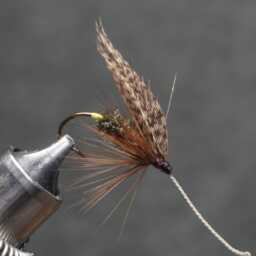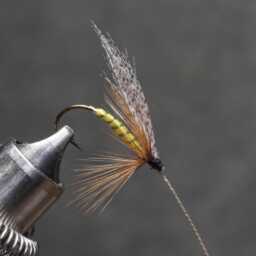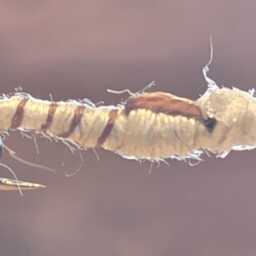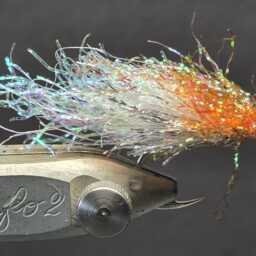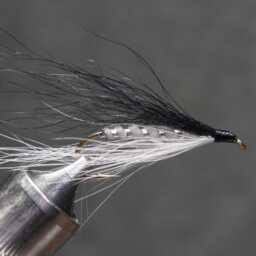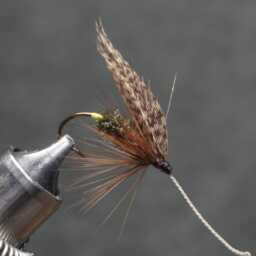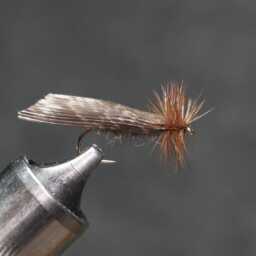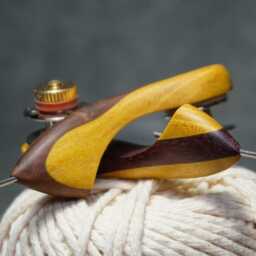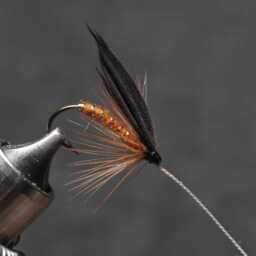Essential for northern style spiders, soft hackles from grouse are used to suggest legs or emerging wings on caddis, mayflies, and other nymphs. Grouse is a classic hackle in traditional fishing fly patterns like Grouse and Green, Grouse and Yellow, and Grouse and Claret flies. The feathers, dark red-brown with mottled dark brown hackles, are used in wet flies, soft hackles, and UK spider patterns. They are hunted/wild harvested game birds, commonly used for fly tying, with potential flaws and irregularities.
The red grouse (Lagopus lagopus scotica) is a medium-sized bird found in heather moorland in Great Britain and Ireland. Also known as the moorcock, moorfowl, or moorbird, it’s often considered a subspecies of the willow ptarmigan or a separate species (Lagopus scoticus). Lagopus comes from the Ancient Greek words for “hare” and “foot,” referring to its feathered feet. “Scoticus” means “of Scotland.”
It serves as the logo for The Famous Grouse whisky and is featured in British Birds journal. Distinguished by reddish-brown plumage, black tail, and white legs, the red grouse’s underwing has white stripes and red combs over the eyes. Young birds are duller, lacking the red combs.
In Ireland, there’s a potential subspecies, L. l. hibernica, slightly paler with yellower plumage in females. Their adaptation may aid camouflage in moorland with higher grass and sedge content.
Identified by its distinctive ‘chut!chut!chut!’ call, or ‘Goback, goback, goback’ vocalization, the wings make a whirring sound when disturbed. Populations display cyclic patterns, often influenced by the parasitic nematode worm Trichostrongylus tenuis.
The book by V. C. Wynne-Edwards proposes that mortality in grouse is primarily due to homeostasis, depending on food availability. ‘Grouse disease’ attributed to Trichostrongylus tenuis may be an aftereffect of social exclusion rather than a direct cause.
« Back to Glossary Index
